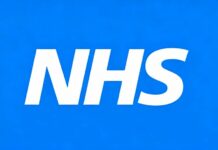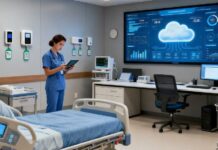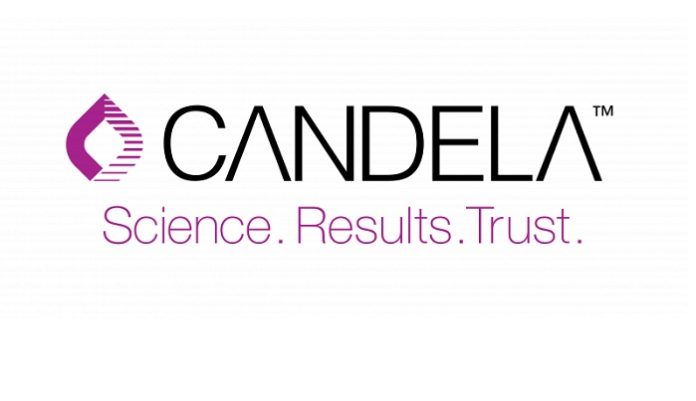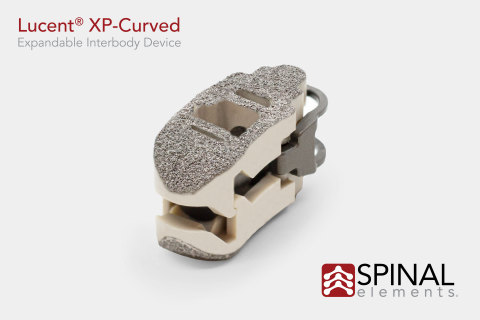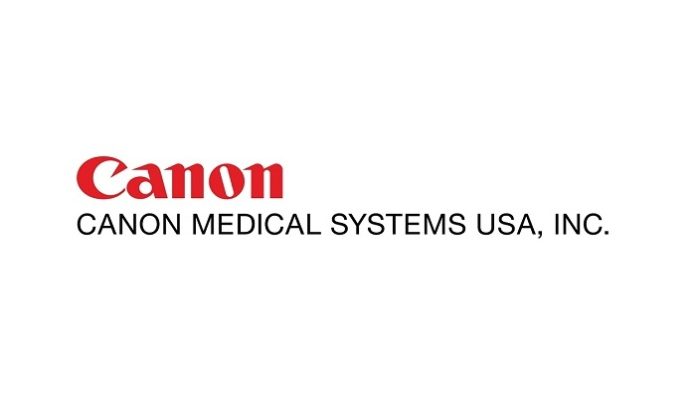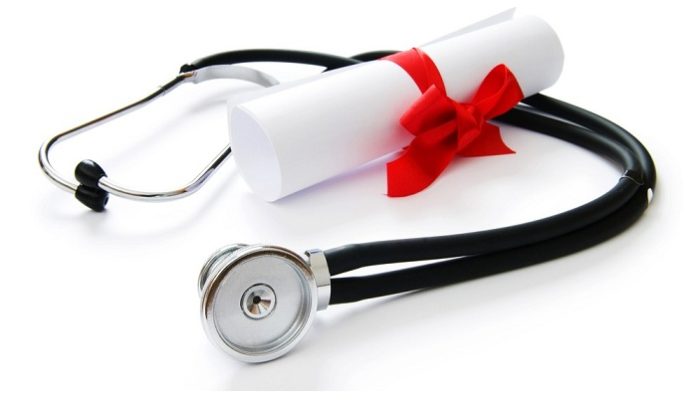Candela, a leading global medical aesthetic device company, announced the availability of the Frax Pro™ system. The FDA-cleared, non-ablative fractional device is the first platform featuring dual-depth skin resurfacing with both Frax 1550™ and the novel Frax 1940™ applicators. The two modalities target different skin layers, stimulating growth of new collagen, revealing smoother, more brilliant skin. The Frax 1940 handpiece delivers a 1940 nm wavelength laser beam for a shallow, epidermal approach, with focal reach extending to approximately 200 µm in depth. The 1550 nm wavelength of the Frax 1550 handpiece penetrates deeper, with histological analysis showing up to 800 µm penetration. Clinical studies demonstrate high rates of textural improvement and patient satisfaction with the Frax 1550 and Frax 1940 handpieces.
“With use of both applicators achieving dual depth resurfacing, we saw a complementary effect,” says Jill Waibel, MD of Miami Dermatology and Laser Institute. “Additionally, patients treated in our clinic were extremely pleased with new Frax 1940 treatment results. The outcomes clearly demonstrated intended results of skin resurfacing with improvement in both textural irregularities and skin tone.”
The Frax Pro system revolutionizes the aesthetic space by removing limitations of earlier fractional 1550 nm, 1565 nm and/or 1927 nm laser systems. High return on investment (ROI) treatments of the Frax Pro system make it a wise approach to managing practice costs when compared to a leading competitive device. The Frax Pro system’s exclusive 100% applicator-confined diode laser technology and a reductive design, allows a lightweight, flexible umbilical for a comfortable, ergonomic reach and improved treatment visibility relative to thulium-based systems. Multiple laser scan widths enable more customized treatments. These innovations, along with magnetic roller sensing technology and integrated clinical intelligence for quick learning and data retrieval, are just some of the ways that the Frax Pro system advances the space of non-ablative fractional laser therapies, making it the “smart way to Frax”.
Both the Frax 1550 and Frax 1940 technologies are also available on, and interchangeable with, the NordlysTM platform. This addition makes the Nordlys system the first in its class to provide dual fractional 1550 nm and 1940 nm wavelengths, as well as IPL and Nd:YAG capabilities.
“The Frax Pro and Nordlys systems, both with Frax 1550 and Frax 1940 applicators, extend our legacy of innovation in non-ablative treatments,” says Geoffrey Crouse, Chief Executive Officer of Candela. “Candela has a long history of technological innovation and bringing to market best-in-class medical aesthetic energy-based devices, and we are proud to share this new offering.”


